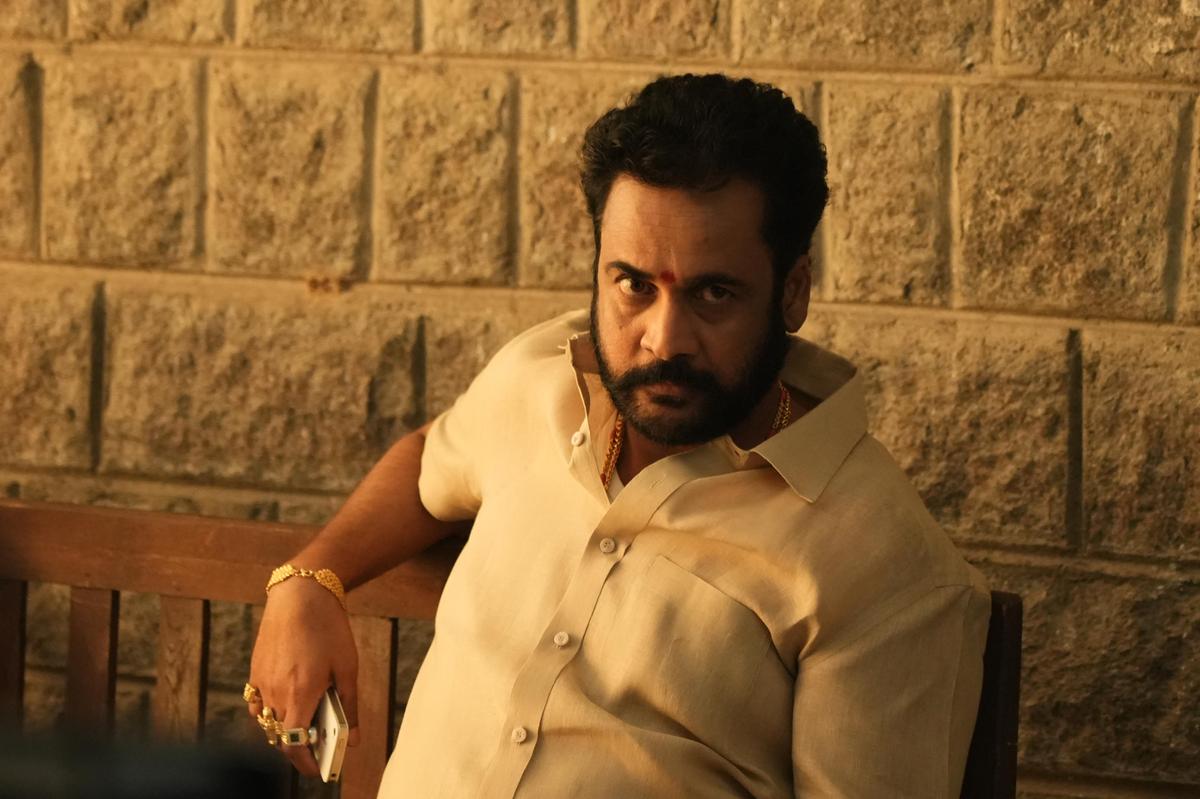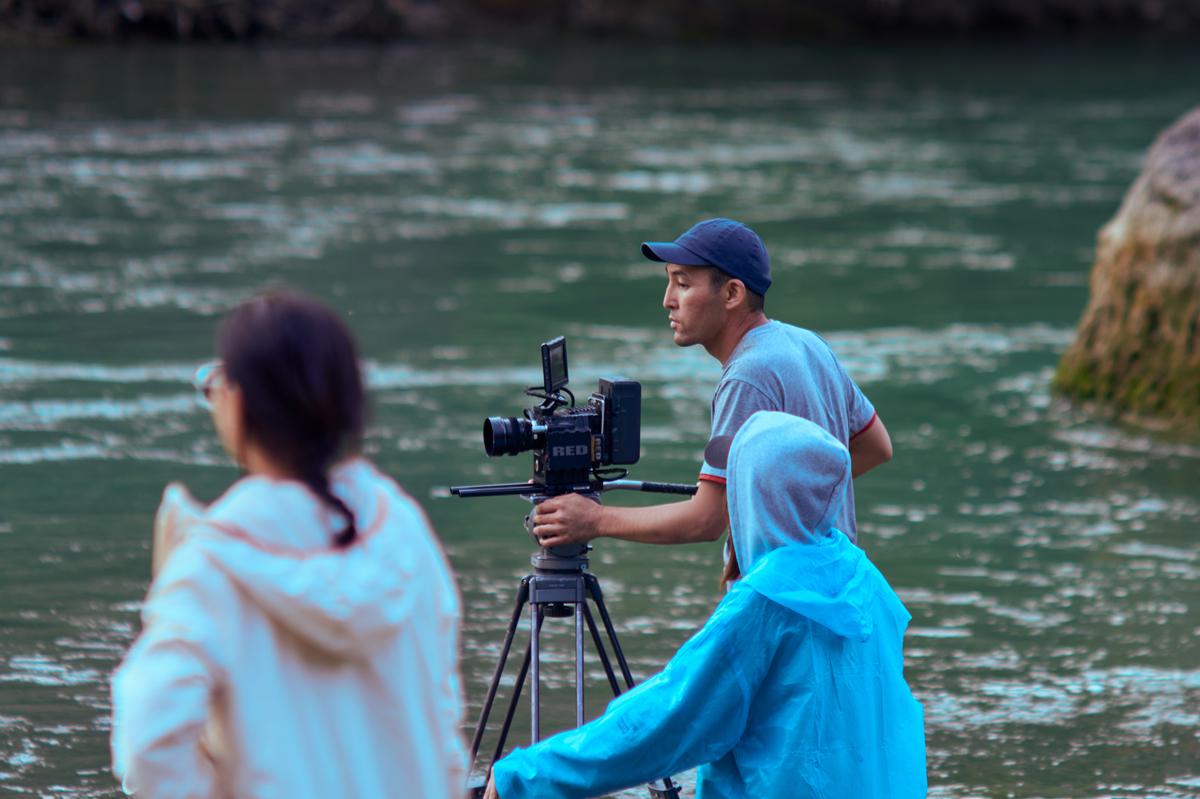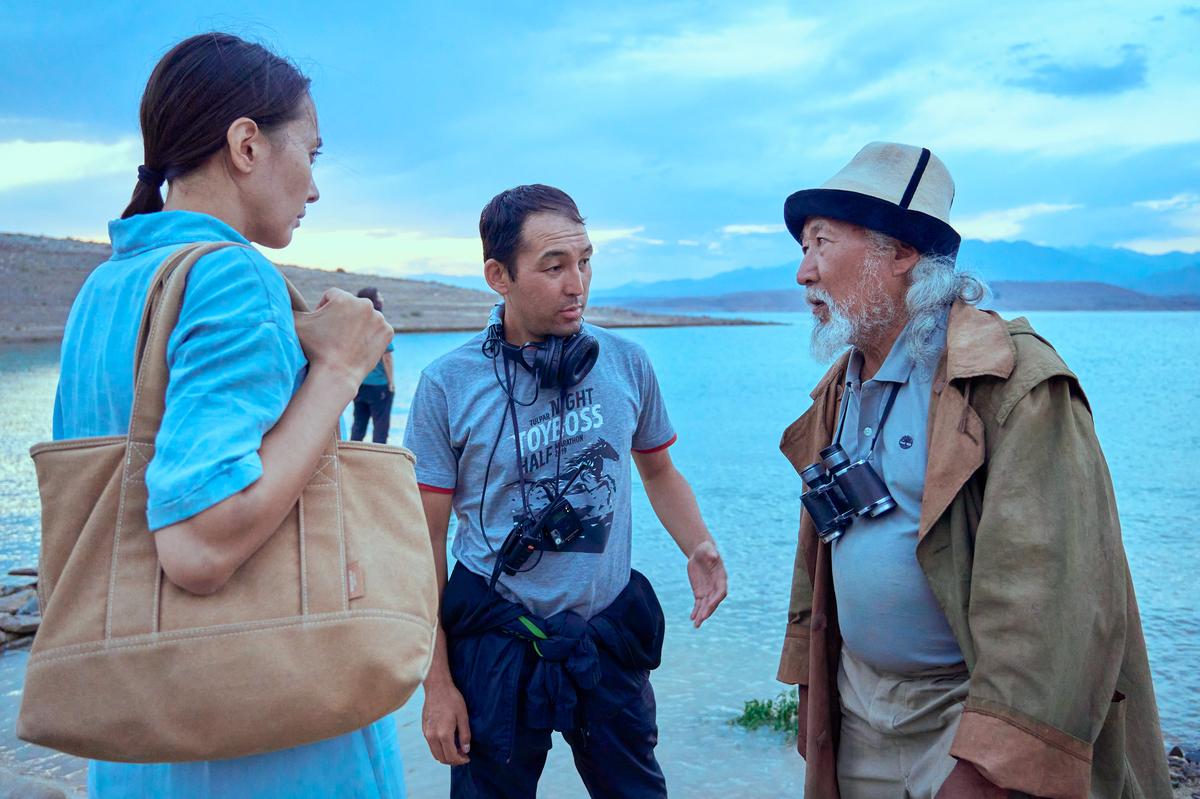Actor Sivaji Sontineni, widely known as Sivaji, tears up for a fleeting moment when he talks about the adulation coming his way since the release of the Telugu film, Court: State Vs A Nobody. “It has been 13 years,” he says, referring to his hiatus from cinema, during an interview at his office in Film Nagar, Hyderabad. He has witnessed the audience’ reaction up close during the promotional tour in the Telugu States and says his family is over the moon. “I tell my children that this euphoria is not forever. I am a middle class man; I hold back my emotions and pray that even if things do not get better, it should not go downhill.”
With more than 70 films to his credit, as lead actor and in pivotal characters in films such as Missamma, Mr & Mrs Sailaja Krishnamurthy and Indra from the later 1990s to the early 2010s, Sivaji is glad that a new generation of writers, directors and audiences are discovering him.
The reckoning
Prior to the release of Court, its director Ram Jagadeesh had told this journalist that Sivaji’s portrayal of the antagonist character, Mangapathi, will become a topic of discussion.

Sivaji acknowledges, “The day Court was pitched to me, I knew that this is the film I had been waiting for.” He draws a comparison with Shruti Haasan’s character in Race Gurram, where she remains poker faced, concealing an upheaval of emotions. “That was pretty much my condition.” In pre-release promotions, he had stated, “this is Mangapathi’s world and all other characters are living in it.” He reflects, “That statement did not come from arrogance; I was aware of the character’s impact.”
Initially, Sivaji was curious to know how Ram had envisioned him as an overbearing, ego-driven patriarch, which is unlike the characters he had portrayed earlier. “Ram and his co-writers Karthik and Vamsi told me that they would spend all day developing the script and in the evening, they would watch Bigg Boss 7. Watching me in the reality show, they had discovered their Mangapathi. They told Nani (actor-producer) that they could not imagine anyone else in that part.”
Like a monarch

Sivaji in ‘Court: State Vs A Nobody’
| Photo Credit:
Special Arrangement
Sivaji recalls completing all his shots in one or two takes. “Ram told me that Mangapathi thinks of himself as a monarch, speaks at a pitch that makes everyone listen. I understood what defines his behaviour. There is a Mangapathi in every family, in varying degrees. A father tends to be protective about his daughter and a son is protective about his mother. This character crosses the line.”
He speaks in earnestness about his co-stars Priyadarshi, Rohini, Subhalekha Sudhakar, Surabhi Prabhavathi, Rajasekhar Aningi, Harshavardhan, Roshan and Sridevi, and the technical team. “The dialogues and body language conveyed the depth of each character. Years ago, when I was working as an editor in Gemini television, I would watch Telugu classics featuring SV Ranga Rao, Rao Gopal Rao and Nagabhushanam. These legends and actors like Prakash Raj have shown us how antagonists can command attention with their dialogue delivery. I am glad I could do something on similar lines,” says Sivaji.

In early 2024, Sivaji featured in the ETV Win web series, 90s: A Middle Class Biopic. This opportunity came to the actor after years. “I devoted my time to politics. I have no regrets. Before that, I was hurt that I was an unsung hero in a few films. I have put all that behind me now. My wife supported me through each phase of my work. One day, my children told me that I should act again.”
However, Sivaji did not want to knock the doors of directors and producers for opportunities. During the pandemic, he bought the rights of a Tamil film and worked on producing a Telugu remake. “Work was underway and then we went in for a second lockdown. I took it as a sign that this film was not meant to be.”
The turning point
In the meantime, Sivaji contacted producer Bapineedu of ETV Network. “We spoke about the possibilities to collaborate by which I could produce a film.”
Soon, he got the opportunity for the 90s web series and Bigg Boss 7. “I was not sure if I could be a part of Bigg Boss, since I had committed to the 90s. Bapineedu encouraged me to do both. We filmed the web series in 25 days and on the 27th day, I joined the reality show. I liked the concept of being among strangers in the Bigg Boss house and expressed my confidence to the MAA TV show producer that I would be among the last to leave that house.” Sivaji was the second runner-up that season.
Now, Sivaji is completing his home production that also stars Laya, his co-star from the early 2000s. More films are in the pipeline. “This morning, I listened to a story narration before this interview. I am hopeful of continuing to do qualitative work. If money is all that I was looking for, I would have done a dozen films. I want my work to be significant.”
Published – March 24, 2025 07:28 pm IST






























